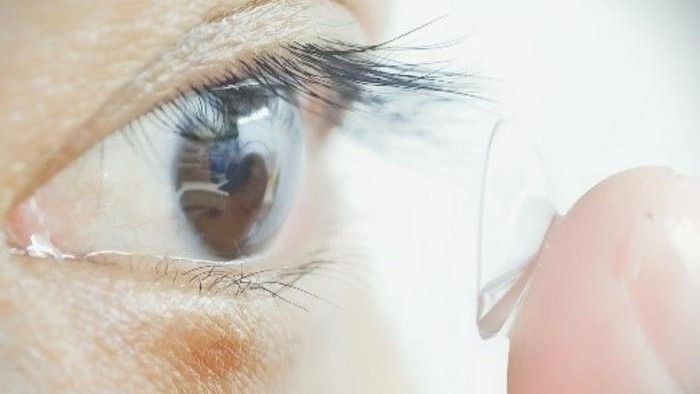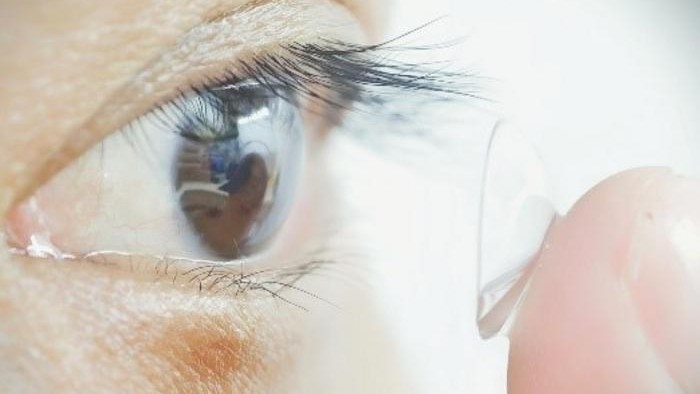Scientists have created night-vision contact lenses that they claim can grant people “super-vision.”
The lenses — which use nanoparticles to absorb low-frequency light before emitting it in the visible spectrum — enable wearers to see infrared wavelengths that are otherwise invisible to the human eye.
And unlike traditional night-vision goggles, these lenses don’t require a power source. The researchers described the new lenses May 22 in the journal Cell Press.
“Our research opens up the potential for non-invasive wearable devices to give people super-vision,” senior author Tian Xue, a neuroscientist at the University of Science and Technology of China, said in a statement. “There are many potential applications right away for this material. For example, flickering infrared light could be used to transmit information in security, rescue, encryption or anti-counterfeiting settings.”
First used in night combat during World War II, traditional night-vision goggles use an electronic image-intensifier tube to turn visible light or near-infrared photons into electrons. These electrons are then channeled onto a luminescent screen, causing it to glow green.
Related: Scientists hijacked the human eye to get it to see a brand-new color. It’s called ‘olo.’
But these goggles typically need an energy source, which makes them bulky. Infrared goggles are also unable to precisely distinguish light across the infrared range, especially those at longer wavelengths.
To create the new lenses, the scientists embedded nanoparticles inside flexible, nontoxic polymers typically used in soft contact lenses. The nanoparticles — which consist of sodium gadolinium fluoride embedded with luminescent ytterbium, erbium and gold — absorb near-infrared photons in the 800- to 1,600-nanometer wavelength range before emitting them as visible light, wavelengths from around 380 to 750 nanometers
The researchers first tested their new lenses in mice. Mice sporting the new lenses favored dark boxes over those illuminated by infrared light, while those without the lenses showed no preference. (Mice are crepuscular animals that usually stick to dark environments to evade predators.) Additionally, the pupils of lens-wearing mice constricted in the presence of infrared light sources, with brain scans showing that their visual processing centers were firing.
Next, the team tried the lenses in humans. The people could perceive flickering infrared light and pick up on its direction. This infrared vision was enhanced when the participants closed their eyes, the researchers said.
“It’s totally clear cut: without the contact lenses, the subject cannot see anything, but when they put them on, they can clearly see the flickering of the infrared light,” Xue said. “We also found that when the subject closes their eyes, they’re even better able to receive this flickering information, because near-infrared light penetrates the eyelid more effectively than visible light, so there is less interference from visible light.”
The scientists replaced the nanoparticles embedded in the lenses with modified versions that mapped specific parts of the near-infrared spectrum to blue, green and red. The researchers suggested that this tweak could be used to aid people with color blindness.
“By converting red visible light into something like green visible light, this technology could make the invisible visible for color blind people,” Xue said.
Despite these promising advances, more work is needed before the lenses see the light of day. Currently, they only pick up light projected from LED sources, which are incredibly bright, so the scientists will need to boost the lenses’ sensitivity to pick up light of lower intensities.
The lenses’ proximity to the retinas also may prevent them from detecting finer details, so the researchers have developed a wearable glass system for viewing objects at higher resolutions.
























